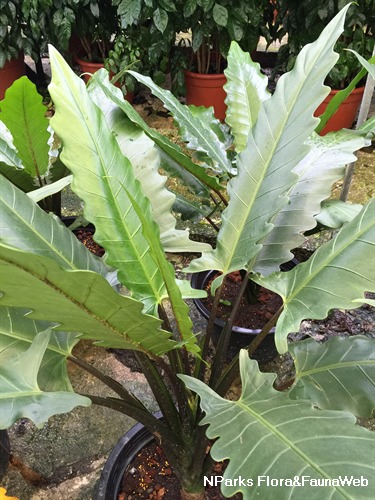
Back
Alocasia lauterbachiana (Engl.) A. Hay
| Family Name: | Araceae |
| Synonyms: | Xenophya lauterbachiana, Alocasia wavriniana, Schizocasia lauterbachiana |
| Common Name: | Alocasia |
Name
Classifications and Characteristics
| Plant Division | Angiosperms (Flowering Seed Plants) (Dicotyledon) |
|---|---|
| Plant Growth Form | Herbaceous Plant |
| Lifespan (in Singapore) | Perennial |
| Mode of Nutrition | Autotrophic |
| Maximum Height | 1.5 m |
Biogeography
| Native Distribution | Papua New Guinea |
|---|---|
| Preferred Climate Zone | Tropical |
Description and Ethnobotany
| Others - Plant Morphology | Growth Form: Evergreen, rhizomatous shrub that forms dense clumps. Stem: Short, herbaceous stem (5 cm wide). Foliage: Narrow, erect leaves are lance-shaped (40 - 50 cm long, 8 - 10 cm wide). Leaf margin is pinnately lobed, having a scalloped edge. Leaves are spirally arranged and directly attached to the top of the short stem. Petioles are curled inward like a cone and striped or mottled dark purple and olive green. The midvein and lateral veins branching off the midvein are raised. The upper surface of leaves is dark green, while the lower surface is purple to reddish purple. Young leaves are glossy, but become waxy at maturity. Flowers: Whitish to greenish flowers resemble calla flowers. The flower consists of a stick-like spadix and petal-like spathe that surrounds the spadix like a hood. Fruits: Fruits are reddish berries. Landscaping: This species is easy to maintain and grows well indoors. It is grown for its ornamental foliage which have a tropical look. The unique shape of the spirally arranged, erect leaves make this species an ideal focal plant. This species is relatively new to the horticultural trade. Cultivation: Plant this species in fertile, well-drained soil that is kept moist. It grows well in slightly acidic to acidic soils (pH 5.5 - 6.5). Individuals should be planted 0.3 - 0.5 m apart. Plants should be protected from the wind. Try to avoid moving the plant or transplanting it, because it may cause the outer leaves to turn yellow. This species forms dense clumps that need to be thinned regularly. It is susceptible to mealy bugs and scale insects, as well as bacterial and fungal diseases that attack the leaves. Propagation: Propagate by seed, stem cuttings or dividing the rhizome. Etymology: The species epithet "lauterbachiana" was likely named after Carl Lauterbach, a German botanist who discovered the Yellow-breasted Bowerbird in 1896. Caution: The various parts of this species are toxic and should not be consumed. |
|---|
Landscaping Features
| Desirable Plant Features | Ornamental Foliage |
|---|---|
| Landscape Uses | Interiorscape/ Indoor Plant, General, Container Planting |
| Usage Hazard - Cons | Toxic Upon Ingestion |
Plant Care and Propagation
| Light Preference | Semi-Shade |
|---|---|
| Water Preference | Lots of Water |
| Rootzone Tolerance | Fertile Loamy Soils, Well-Drained Soils, Acidic (low pH) Soils |
| Maintenance Requirements | Low |
| Propagation Method | Seed, Stem Cutting, Division |
| Planting Distance | 0 to 0 |
Foliar
| Mature Foliage Colour(s) | Green |
|---|---|
| Mature Foliage Texture(s) | Leathery, Raised / Sunken Veins |
| Foliar Type | Simple / Unifoliate |
| Foliar Arrangement Along Stem | Spiral |
| Foliar Venation | Pinnate / Net |
| Foliar Margin | Pinnately Lobed / Pinnatifid |
| Foliar Apex - Tip | Rounded |
| Foliar Base | Truncate / Square |
| Typical Foliar Area | Macrophyll ( 182.25cm2 - 1640.25 cm2 ) |
Non - Foliar and Storage
| Stem Type & Modification | Herbaceous |
|---|---|
| Root Type | Underground (Tap Root), Aboveground (Prop / Stilt Root) |
| Specialised Storage Organ(s) | Underground (Rhizome) |
Floral (Angiosperm)
| Flower & Plant Sexuality | Bisexual Flowers |
| Flower Colour(s) | Cream / Off-White, Green |
|---|---|
| Flower Symmetry | Bilateral |
| Inflorescence Type | Spathe & Spadix |
Fruit, Seed and Spore
| Mature Fruit Colour(s) | Red |
|---|---|
| Fruit Classification | Simple Fruit |
| Fruit Type | Fleshy Fruit , Berry |
Image Repository
Others
| Master ID | 30612 |
|---|---|
| Species ID | 4921 |
| Flora Disclaimer | The information in this website has been compiled from reliable sources, such as reference works on medicinal plants. It is not a substitute for medical advice or treatment and NParks does not purport to provide any medical advice. Readers should always consult his/her physician before using or consuming a plant for medicinal purposes. |

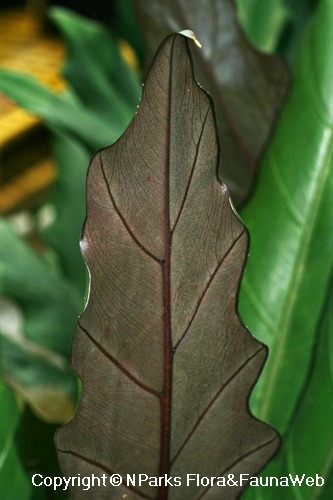
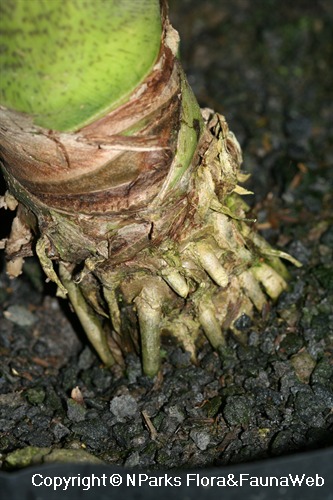
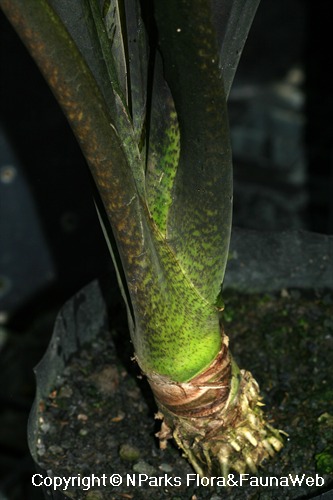
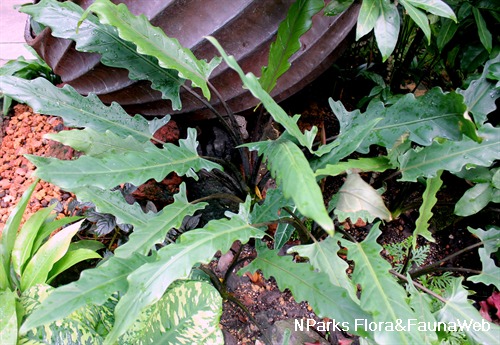

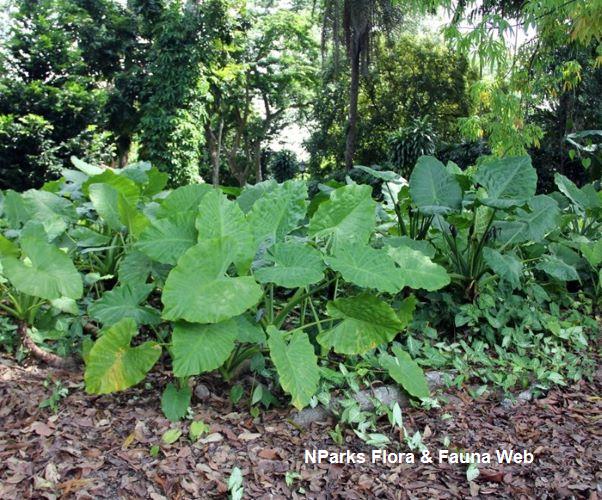
.jpg)
